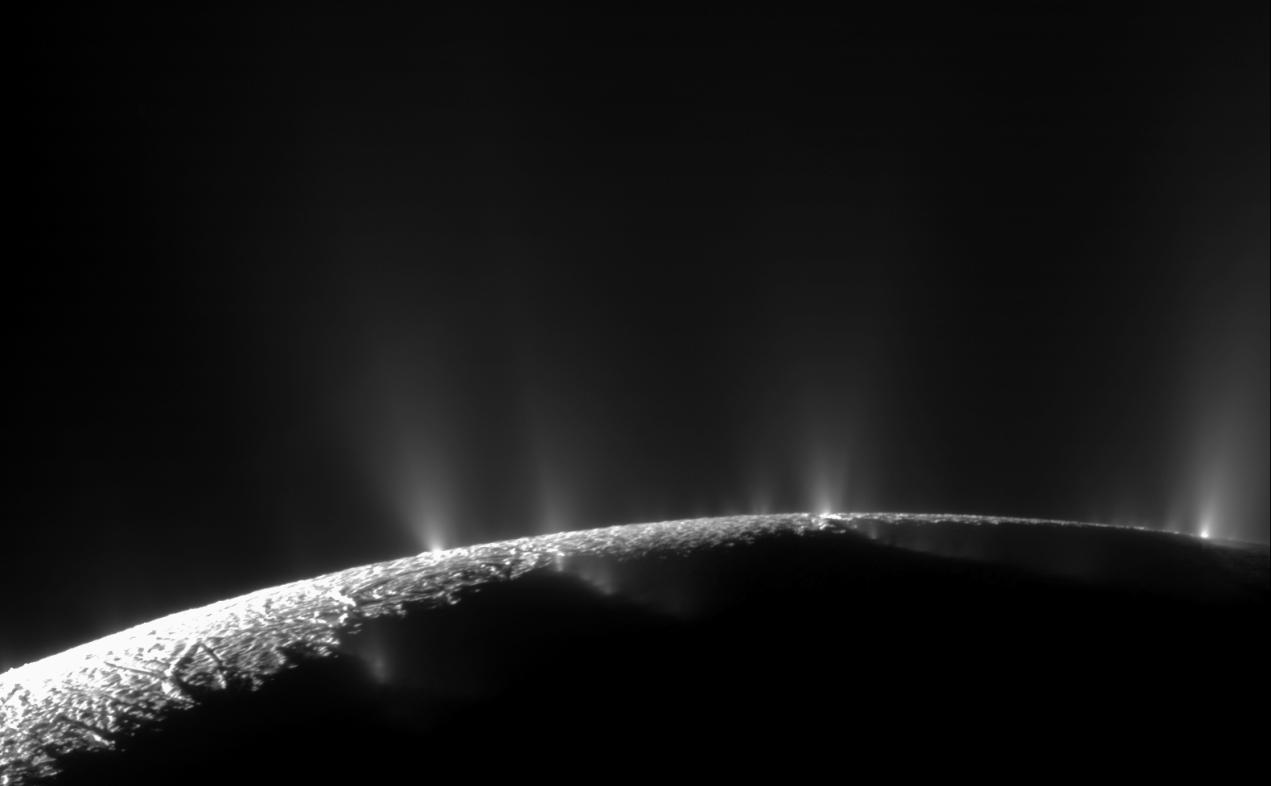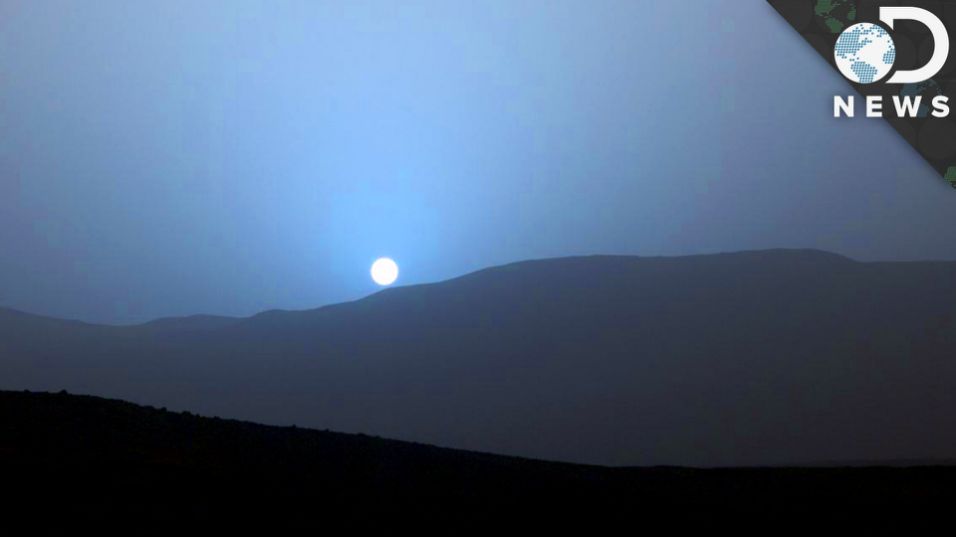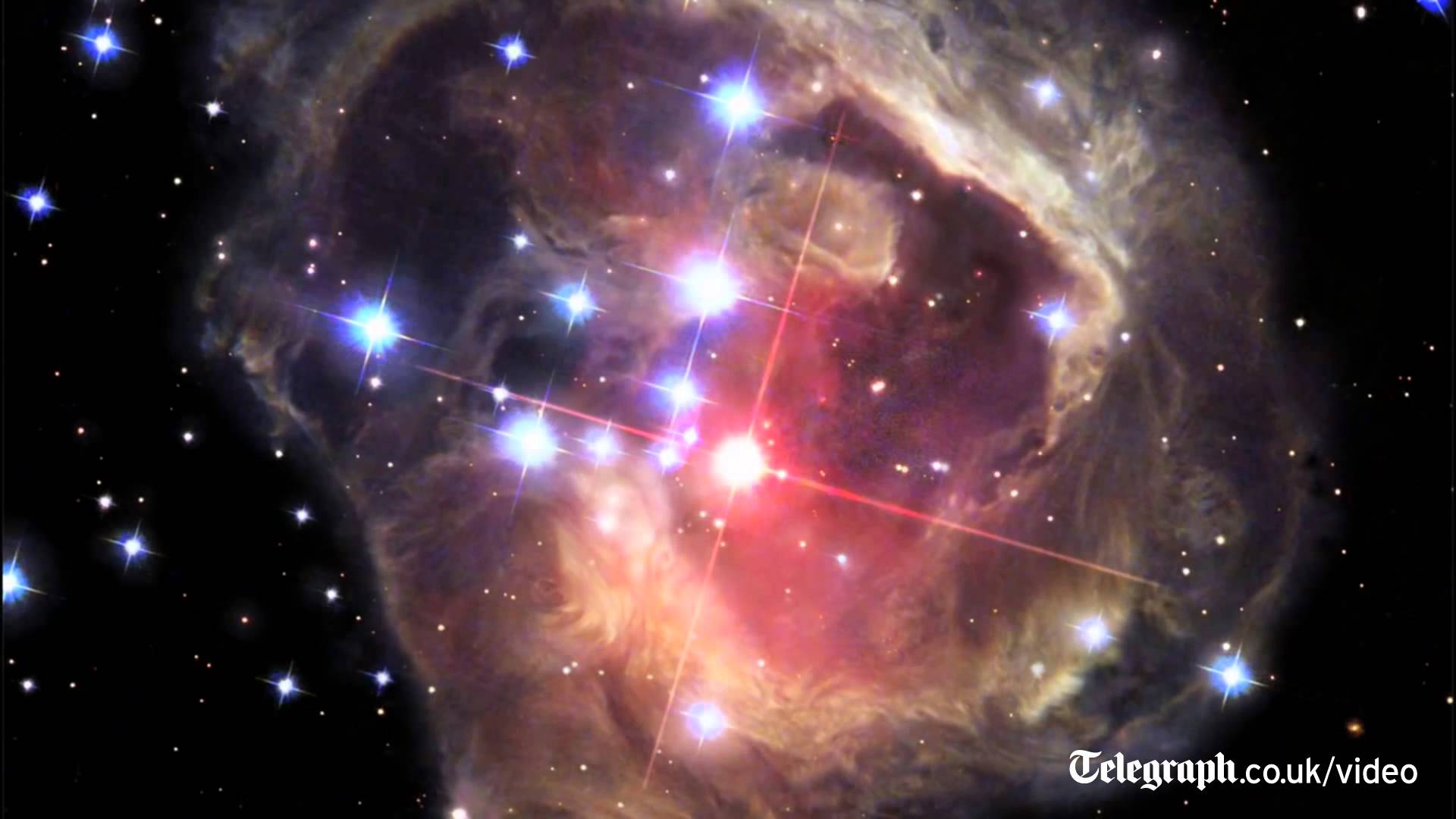
Saturn’s sixth largest moon, Enceladus, is a wintry -180 °C (-292 °F) and is covered in a sheet of ice 30-40 kilometers (19-25 miles) thick. In spite of this hostile environment, new research has led scientists to believe that conditions could be forgiving enough for life to begin.
These predictions arose from photographs and data taken by NASA’s Cassini Orbiter. Amongst a variety of other things, Cassini has been taking images of water jets shooting out of Enceladus’ south pole. Sapienza Università scientist Luciano Less explained that the data from Cassini is consistent with the presence of a large, under-ice reservoir of liquid water at the south pole, between 8-10 kilometers (5-6 miles) thick. It is this reservoir, combined with active hydrothermal vents, that is thought to be responsible for the jets.
After examining the elemental content of these jets, researchers have concluded that this water is very alkaline: pH 12. This pH value is roughly equivalent to the alkalinity of an ammonia solution or an oven cleaner. So far, the probability of life existing in such hostile conditions seems unlikely.
However, there are places like this on Earth: California’s Mono Lake has a similarly alkaline environment and is host to a wonderful ecosystem of brine shrimp, algae and alkali flies. Life finds a way!
The internal core of Enceladus is made up of ultra-basic (alkaline) rocks that are responsible for making the hidden ocean so alkaline. Water acts as a catalyst for the ‘serpentinization‘ of these alkaline rocks. Serpentinization refers to the process of converting certain minerals within rocks into minerals of the ‘serpentine’ family. Rather than getting into the nitty-gritty details, the important point to take from this is that the reaction releases hydrogen.
“Molecular hydrogen can both drive the formation of organic compounds like amino acids that may lead to the origin of life, and serve as food for microbial life such as methane-producing organisms,” study lead author Christopher Glein of the Carnegie Institution for Science said in a statement.
“As such, serpentinization provides a link between geological processes and biological processes,” he added. “The discovery of serpentinization makes Enceladus an even more promising candidate for a separate genesis of life.”
The hydrogen created from serpentinization provides energy for any microbes that might be lurking within the depths of Enceladus’ soda ocean. This energy source is vital for a budding biosphere with little energy from sunlight.
Via IFL Science







